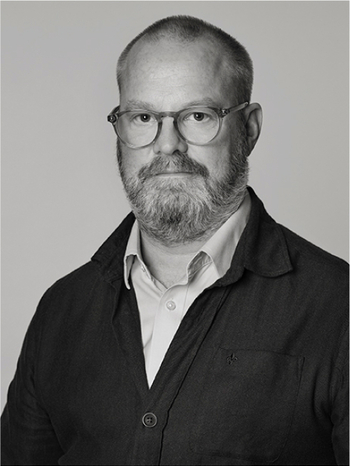Marina Kylberg
Gathering in the village, Italy
Signerad Marina Kylberg och daterad Düsseldorf 1863 a tergo. Duk 59 x 46 cm.
Muut tiedot
This motif, where people in an Italian village seem to have gathered after the end of the workday, is an example of Marina Kylberg's painting of the highest quality. The painting exhibits a finely tuned balance in composition, colours, and depiction of the motif. One might think that a much more well-known and established artist executed the painting, but like many female artists of her generation, Kylberg is somewhat forgotten today.
Kylberg has also created several other paintings of very high quality. One example is a beautiful painting from Marstrand's fortress in 1863, and another is a painting from Lidköpinng at the Vänermuseet in Lidköping.
Marina Kylberg was the daughter of the artist Lars Wilhelm Kylberg (1798-1865) and the sister of the artist Regina Kylberg-Bobeck. She received her initial instruction from her father, a farmer in Såtenäs who, in his youth, devoted himself to art. She then studied in Stockholm under Edvard Bergh and exhibited three works at the Royal Academy of Fine Arts in Stockholm in 1860. She furthered her studies in Düsseldorf under Oswald Achenbach (1827-1905), considered one of the great German painters and even the most significant European landscape painter of his time. In this painting, one can see how Kylberg was influenced to some extent by his art.
Marina Kylberg had just received a scholarship for a foreign study trip when she passed away in 1864 in Såtenäs at the age of only 35.
A telling sign of the appreciation for Marina Kylberg is that at the Nationalmuseum in Stockholm, she is represented with a mountain landscape, a rather mediocre watercolour in her production, instead of one of her better works.
Kylberg also created the altarpiece in Tuns Church, located not far from Såtenäs. After her death, her art was exhibited in Lidköping in 1877, at the Föreningen Svenska konstnärinnors utställning (Association of Swedish Female Artists exhibition) in 1911, at the exhibition “ Handteckningar och akvareller av Svenska mästare från 1800-talets förra hälft” (Hand Drawings and Watercolours by Swedish Masters from the First Half of the 19th Century) at the National Museum in 1920, and at the exhibition "Västgötakonst" (Västgöta art) in Skara in 1924.














































